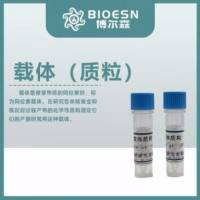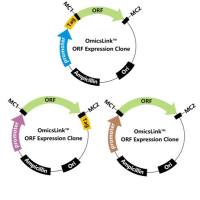The cis-regulatory regions of developmentally active genes offer an accessible inroad from which to approach an understanding of the transcriptional networks that coordinate embryogenesis (1 ). In a developmental context, cis-regulatory regions control not only transcriptional amplitude but also spatial and temporal aspects of gene activation. The binding sites that impart this multidimensional control are often numerous and the proteins that recognize them may participate in complex interactions among themselves (e.g., see ref. 2 ). In order to unravel the processes that control the transcription of any particular gene, transgenic experiments placing a variety of reporter constructs into authentic developmental contexts are needed. The sea urchin larva has proven to be a highly tractable model system for this type of research. Thousands of transgenic embryos can routinely be produced by an investigator during a single day’s work, resulting in the acquisition of data from 10 or more reporter constructs. Gametes are available in immense numbers enabling the isolation of rare transcription factors purely by their affinity to their DNA binding sites (3 ,4 ; see also Coffman and Leahy in Developmental Biology Protocols, Vol. I). Thus it is possible to efficiently climb up developmental regulatory networks once the function of the cis-regulatory region of a gene of interest has been defined. In Strongylocentrotus purpuratus , the purple sea urchin, the development of a feeding larva takes place over a period of about 3 d. The initial development of this larva is relatively simple, resulting in only about 800 cells and requiring the expression of only approximately 100-200 transcription factors (5 ) and roughly 8500 genes in total (6 ) during gastrulation. Thus, a global understanding of the gene regulatory networks that control larval development represents a relatively approachable problem.






